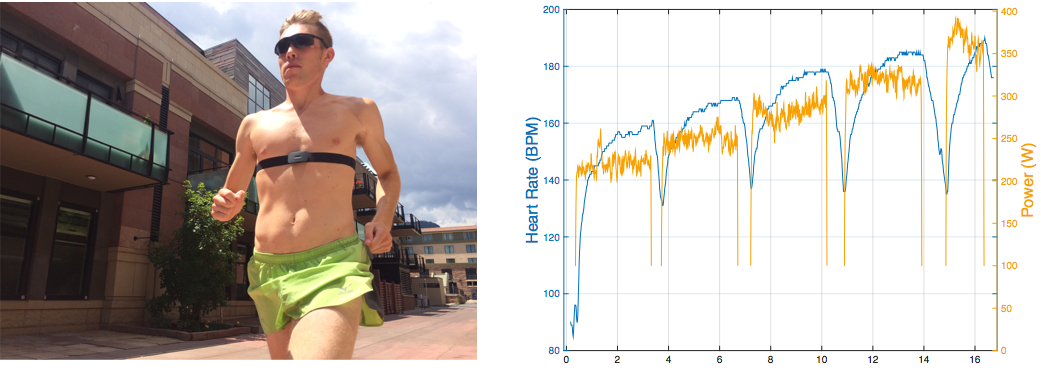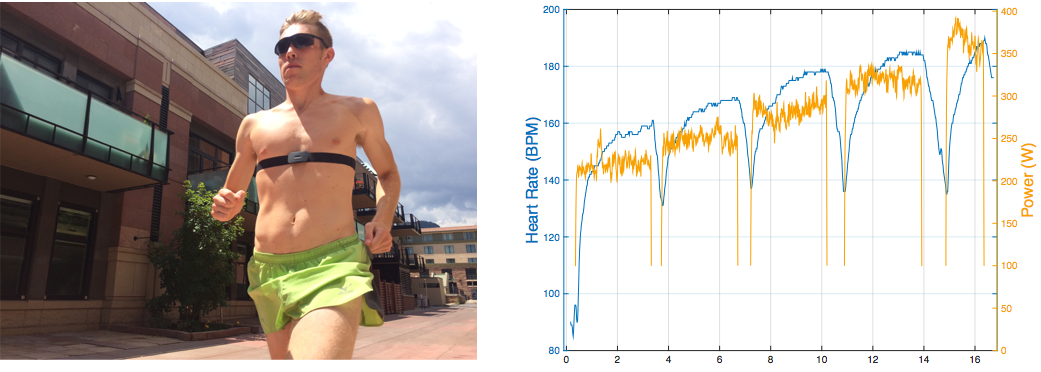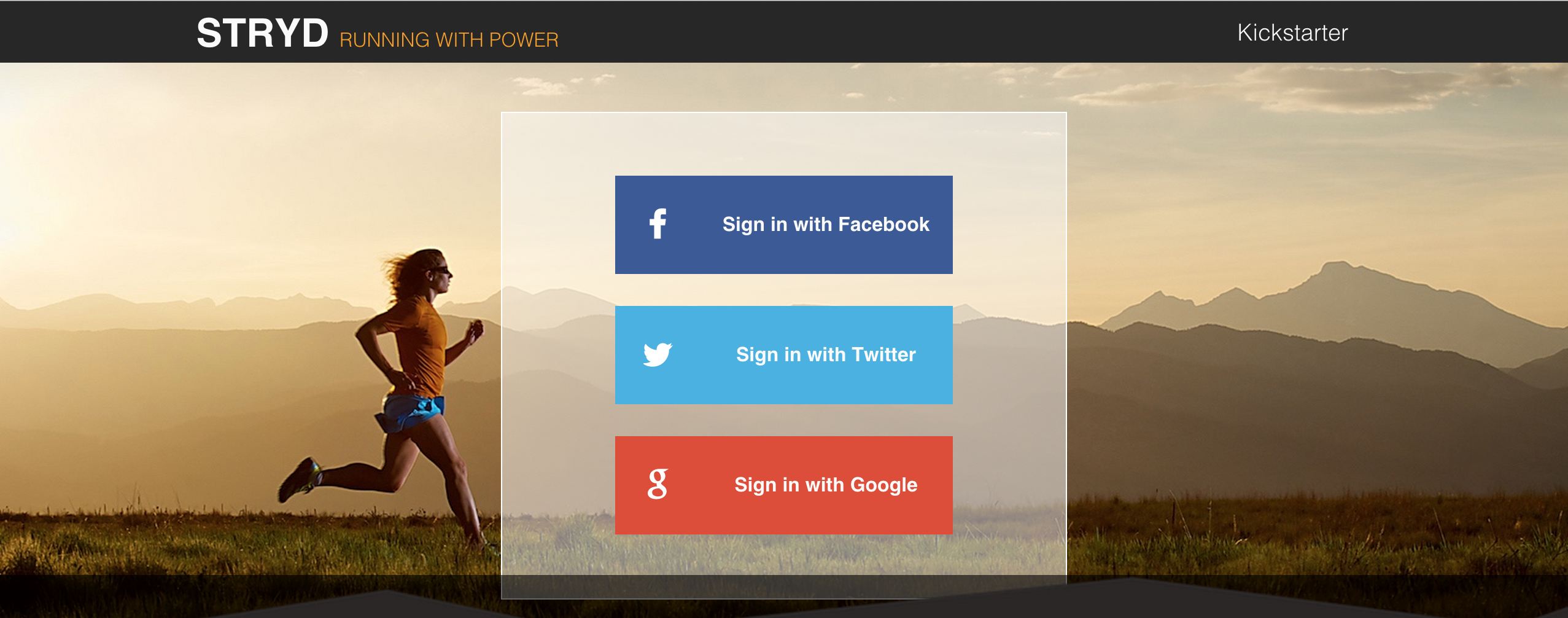First Encounter with Stryd Pioneer

Introduction
We have been quiet for a while, keeping our noses to the grindstone at the production lines and in the testing lab. Now we have a lot to share!
After years of work, we have finally started production of Stryd Pioneer, available only to our Kickstarter supporters. We designed it to provide everything you need to smoothly integrate running power into your current training program. The level of energy and excitement here is amazing, and soon our Kickstarter supporters, and through them the rest of the running community, will be able to share this excitement.
While our team in Shenzhen, China has been bringing up the manufacturing lines, our team in Boulder, Colorado has been busy testing Stryd with all types of athletes, from marathon winners to recreational joggers, and we have been reviewing their data with the help of U.S. Olympics Coach Bobby McGee, sports physiologist Neal Henderson, and other advisors. Now we will start sharing what we have learned about training with power.
Stryd Pioneer Hardware

Figure 1. Stryd Pioneer industry sample.
We have been talking with our supporters a lot during the last few months. Many are serious athletes who already train using other metrics, such as pace or heart rate. We want to provide a single solution that covers all your training information needs and provides a smooth path to integrate power into your current training program. To that end, we have created Stryd Pioneer. Stryd Pioneer is a compact device worn on the chest that measures power and heart rate. It talks with sports watches and smartphones. Figure 2 shows an athlete using Stryd Pioneer to collect his running power and heart rate data at different paces. By providing power and heart rate, Stryd Pioneer offers the most critical information to runners.
All of our certifications (FCC, CE, Bluetooth Smart, and ANT+) are now complete and we are already using the first few devices off the manufacturing lines; they work! Building hardware is hard, but as of today, we are on track to ship devices to our Kickstarter backers this summer.

Figure 2. Collecting running power and heart rate data using Stryd Pioneer.
Training With Power
Training intensity and running power are very well correlated. Runners have different power numbers for the same pace due to differences in biomechanical efficiency. However, changing pace influences a wide range of runners similarly. As shown in Figure 3, the running data collected from the pilot testers demonstrates the monotonic linear relationship between run power, heart rate, and pace. This means you can use power to estimate and control training intensity. Unlike conventional run training metrics, power works on varying terrain and accounts for form-based changes in running efficiency (unlike pace) and responds immediately to change (unlike heart rate). That means it works in the dynamically changing environments encountered by runners outside the laboratory.

Figure 3. (a) Running power vs. pace and (b) heart rate vs. pace.
Measuring oxygen consumption (VO2) makes it possible to determine the energy being consumed by an athlete. Unfortunately, it is impractical to use during normal training: a runner would need to breathe through a tube and carry bulky equipment costing tens of thousands of dollars. Using our laboratory VO2 measurement equipment, we compared oxygen consumption and the power measured by Stryd. Figure 4 shows three representative case studies. In each, both VO2 and power are shown as functions of time, as the athlete increases training intensity, level by level. They indicate that changes to an athlete's power track changes to oxygen consumption (less than 10% difference). In other words, Stryd gives a clear view of changes to training intensity.

Figure 4. Case studies of running power vs. VO2.
Regardless of whether you now train with pace or heart rate, power can be seamlessly integrated into your existing training routine. After each run, review the running power numbers recorded by Stryd and associate them with your corresponding pace or heart rate training zone. After a few of training cycles, you will know your power-based training zones. You can then train with power, which responds instantly to changes in training dependency and works even with changing terrain, temperature, and humidity. Table 1 shows an example of integrating power-based training zones into a pace or heart rate based training plan.

Table 1: Integrating power into your pace or heart rate based training routine.
Stryd Online Forum and Data Sharing
Knowledge creation to foster power-based run training is the primary reason for us to launch the Kickstarter campaign and engage athletes and coaches who are truly passionate about running. To support the running community in this effort, we have started sharing running power data at the Stryd online discussion forum (http://club.stryd.com). At the online forum, you will be able to view and download these data. You will also be able to share your learnings and questions. More importantly, you can participate in the discussions with other coaches and athletes. The online forum is already open. As of today, over 400 coaches and athletes have pre-registered. Please register and join the conversation.
When you log onto the online forum, you will see the first data testing sample. The data were collected from an athlete using the following test performed on a treadmill. After warming up, the athlete started running at 6 miles per hour. The pace increased by 0.5 mile per hour every minute until the athlete reached his top pace. The data set includes power and heart rate data collected from Stryd, along with pace information. The data are in standard FIT format, so you can upload and study them on most online training platforms that support power.
We are looking forward to working with each of you to bower power-based training to the running community!

Figure 5. Stryd online forum at http://club.stryd.com.
-- The Stryd Team
